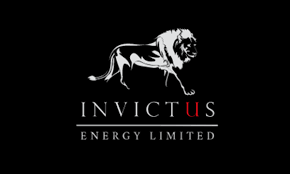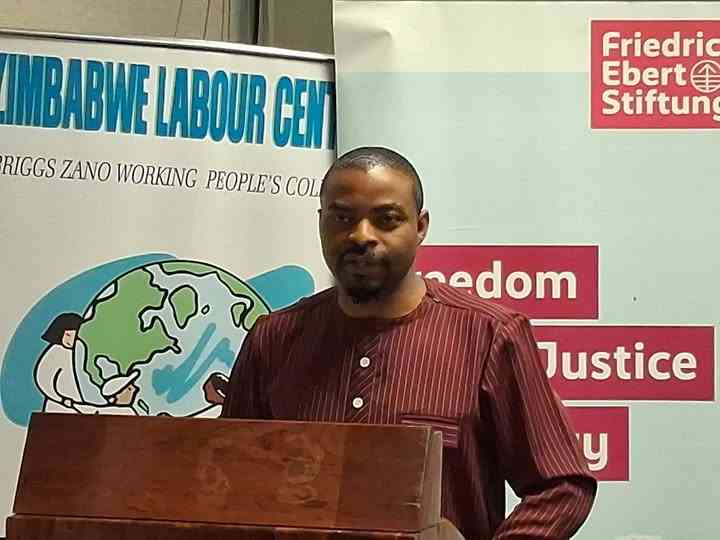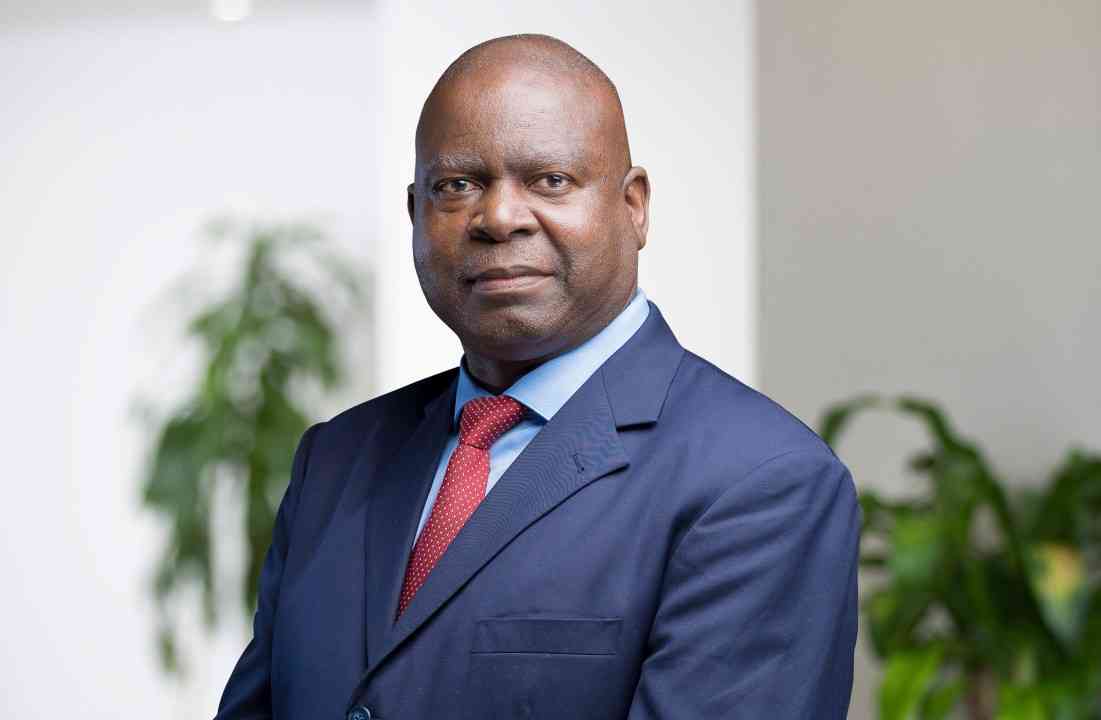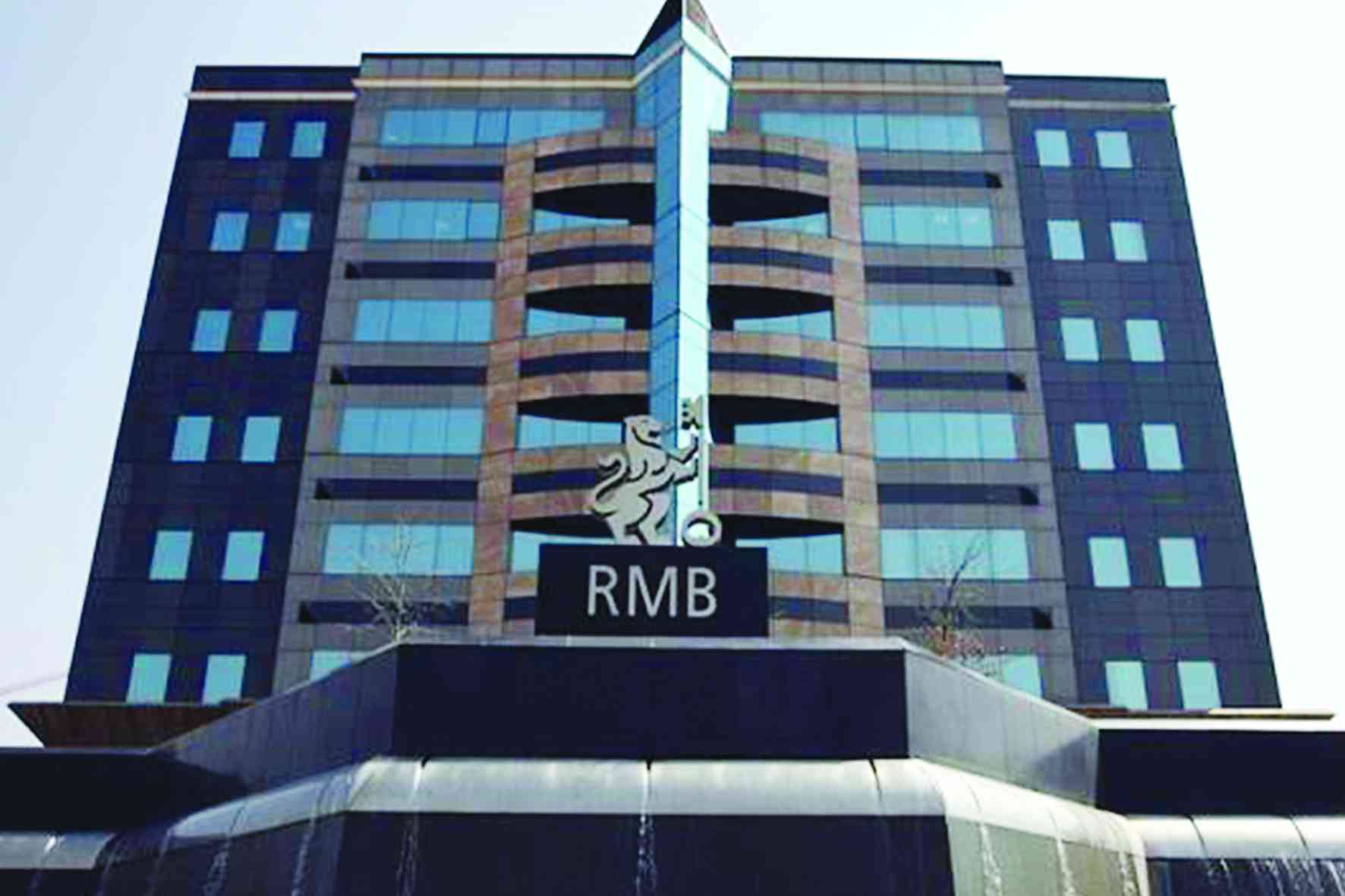
HYDROGEN has been in use as an energy source, since the 18th century (1783).
The first internal combustion engine was made in 1806 and was powered by hydrogen and oxygen, instead of the currently prevalent petrol or diesel.
The fact that it has lost out to petroleum and other energy sources through the years, shows that it is not a low hanging fruit. Much work and research has been outstanding in order to make it an accessible, trusted and affordable form of energy.
One of the major advantages of using hydrogen is that when applied in combustion, heat generation or the production of electricity, it produces water as a by-product, unlike fossil fuels, which release harmful carbon emissions and other unwanted particulates.
In most simple terms, hydrogen is the H part, of H20, which is the chemical description of water. It can be harvested from various sources, including water itself.
When extracted, hydrogen is available as a gas, although it can also be turned into a liquid. It can be used to provide energy in; electricity power plants, trains, vehicles, planes and household heating appliances, whilst having other multiple uses, apart from energy production. The interest in hydrogen, around the world, has greatly increased, owing to the need to reduce emissions of greenhouse gasses, which are responsible for global warming and adverse climatic conditions.
Extraction
As a product which can be obtained from various sources and methods, hydrogen is typically described in colour codes, so as to indicate its production method and relevance to the world's climate agenda, amongst other things. The colour keys and production processes are as follows:
- Mavhunga puts DeMbare into Chibuku quarterfinals
- Bulls to charge into Zimbabwe gold stocks
- Ndiraya concerned as goals dry up
- Letters: How solar power is transforming African farms
Keep Reading
White hydrogen
It is naturally occurring, found in underground deposits. It is currently being used for electricity generation, in a very few areas, such as Bourakèbougoù, in Mali. It is traditionally discovered by accident, in the process of fracking or drilling for oil. White hydrogen remains mysterious as not much is known about identifying its presence and harnessing it for energy. With was is understood, Zimbabwe's chances of a discovery, if any, are in the Cabora Bassa Basin, where Invictus Energy, is working to locate commercial quantities of oil and gas.
Green hydrogen
It is the only climate smart (zero-emissions) hydrogen which has known procedures that can be utilised for harvesting it. It is produced through running electric currents in water, with the outcome of splitting hydrogen and oxygen in water, apart.
Since the process is energy intensive, it cannot be carried out using billed electricity, as its costs will easily overwhelm other competing fuels in the market (oil, coal, hydropower, nuclear, gas, etc). Thus, it is typically made from surplus wind or solar power (usually, during the night). The use of renewable energy in the production process, ensures that the hydrogen is a purely zero-emissions fuel. New developments in renewable technology and abundance of wind and solar power in Africa have led to predictions that the continent can make this type of hydrogen more competitively (cheaper), than the developed nations of the Global North.
Based on these findings, South Africa has drafted a Hydrogen Society Road Map (HSRM), which lays out strategies to develop a robust, US$9 billion per year hydrogen industry, which produces the product for local and export markets. Zimbabwe stands to benefit if it partners with South Africa and consolidates its strategy with theirs (SA's). Platinum group metals (PGMs) are a vital component in the manufacturing of electrolysers, which are used in the production of green hydrogen.
Hydrogen passenger vehicles also have a standard of 50 to 60 grammes of platinum on board, for the fuel technology and other processes. This is just for one car (50 grammes), not a fleet. Larger vehicles use even more platinum.
Zimbabwe, having the world's second largest deposits and being the third largest producer, after South Africa and Russia, can benefit much, through investing in campaigns which support the transition to hydrogen fuels, around the world.
In October, 2021, S and P Global reported that green hydrogen had a production cost of US$4,50 per kg. To get a better comparison with other energy forms, 1 kg of hydrogen can fuel a vehicle for 100 kilometres.
A petrol vehicle can cover the same distance on about 8-10 litres of fuel, which is actually, slightly above the cost of green hydrogen. In the same year (2021), a report by BCG, Johannesburg, indicated that, high sunshine radiation and technological advancements in processing, will enable most African countries to produce green hydrogen at a cost of US$1,60/ kg by 2030.
This means that, there are huge opportunities for both domestic and export markets. Such clear advantages imply the need for Zimbabwe to have an updated hydrogen policy at hand.
Blue hydrogen
It is made from combining heated methane with hot steam (gaseous water) in a process called Steam Methane Reforming (SMR). This produces hydrogen as the main product but also, massive amounts of unwanted CO2, as a by-product. In Blue hydrogen, the CO2 is then captured and stored, in order to avoid pollution, through a method called, carbon capture and storage (CCS). Ultimately, less CO2 is released into the atmosphere. Since CCS is expensive, this production method is not realistic for a Zimbabwean setting.
Grey hydrogen
Is much similar to the blue-coded hydrogen, as it is equally made through mixing heated methane with steam. However, the process does not capture or prevent CO2 from polluting the atmosphere.
It is much cheaper to produce. In June, the Sunday Mail reported that a mining entity named, Alabara Resources, is currently developing a methane project, which is understood to have commercial Coal Bed Methane (CBM), after drilling and laboratory tests, affirmed the find. This implies that there is an opportunity to direct the Gwayi resources of the corporation towards hydrogen fuel production, if pertinent incentives and an accommodative regulatory environment are provided by government. Zimbabwe is believed to host huge deposits of untapped CBM, especially in the Matabeleland North province. An enabling hydrogen policy will assist in unlocking the value of such assets, which at times, need billions of dollars (US) to establish.
Brown or Black hydrogen
It is made through the gasification of coal. The coal is placed in a pressurised gasifier, whilst heat, oxygen and steam are added in the process.
The result is that the coal turns to hydrogen and carbon monoxide. This mixture is further treated with steam to capture pure hydrogen, whilst carbon dioxide is the by-product. Coal resources in Hwange can obviously support this colour code's value chain.
Pink Hydrogen
It is extracted through electrolysis of water, powered by nuclear energy. The high establishment costs of nuclear power plants indicate that Zimbabwe is not capable of establishing this production process at the moment.
Uses
In March 2023, Hydrogène de France (HDF) and Zimbabwe Electricity Transmission and Distribution Company (ZETDC) signed an MoU, which paves way for the establishment of the country's first hydrogen power plant, which will be located in Chipinge, Manicaland province.
Construction is expected to start between 2024-25, and when completed, the plant is targeted to supply the energy needs of more than 200 000 inhabitants. This seems a noble project, although some experts have made an objection over the US$300 million price tag, which they say is exorbitant.
Musaope Mtamba, engineer and chief solutions consultant, at Gaborone-based, Sutsol Hitec solutions, opined that, at such a price, the plant will bring energy to households at a cost of US$14 778 per kilowatt, considering that it will effectively be a 20,3 MW plant.
This is evidently much higher than even nuclear energy, which is known to peak at US$7 000 per kilowatt and is regarded as having the highest up-front (establishment) costs, amongst the various energy sources.
However, if the cost issue is regularised, the project should create a vital foundation for greater adoption of hydrogen in the country.
Through the HSRM, South Africa also intends to use hydrogen fuel for power generation supply to their national grid and for stand-alone office parks and government buildings. In vehicles, haulage trucks and commercial vehicles (delivery vans, Uber, public transport) are likely to transit to hydrogen, much sooner than personal cars.
As countries aim to reduce emissions and address the ascertained depletion of oil in the next few decades most businesses have to make a choice between electric freight vehicles or hydrogen powered trucks.
Battery electric vehicles are the undesirable option in freight trucks because the battery itself can weigh up to, one quarter (7200 kgs), of the total gross weight (36 000kgs).
This reduces both load capacity and driving range, which is the distance that the vehicle can travel on one charge. Additionally, a lack of charging infrastructure coupled with higher battery charging times, which can stretch to eight hours, in some cases, imply that battery electric vehicles are an unsuitable option for freight trucks and other commercial vehicles, such as taxis.
On the other hand, hydrogen vehicles have a greater driving range and take the same amount of time to refuel, as a regular petrol or diesel car. Trains will make a perfect use-case for hydrogen fuel, as this eliminates the traditional challenge of cable theft and vandalism of electric railway infrastructure, which is common and problematic. Industrial boilers and home cooking appliances, can also operate on hydrogen fuel, resulting in, efficiency and reduction of emissions, at the same time.
Limitations
Although the future seems encouraging for hydrogen, a number of bottlenecks and knots, need to be undone, in order to harness the greatest value, out of this energy source.
Firstly, hydrogen production using fossil fuels is still the most prevalent (95% by 2020). This indicates that, the touted, cheaper green hydrogen numbers, may be a misrepresentation.
Secondly, there are still a very few hydrogen fuel stations across the world. For clearer understanding, Germany, which is a leader in hydrogen infrastructure in Europe, had just about, only 91 hydrogen fuel stations, by June 2021. Unless nations take the transition to hydrogen with more solemnity, the gap which will need to be filled, to make it commercially viable, in, direct vehicle energy, remains huge. Additionally, hydrogen gas can be extremely dangerous. Thus, its manufacture, storage and distribution need expensive, high-safety, handling, in order to prevent accidents. This means that the threshold to enter the manufacturing and distribution market is typically for the more affluent investors.
However, as the technology is scaled (production increases), these costs are set to flatten.
Lastly, there is still limited awareness and understanding of the potential and importance of hydrogen, among broad sectors of society, from investors, consumers, to policy-makers, around the world.
This is perhaps the major problem associated with hydrogen. In order to address this, it is therefore incumbent on governments and industries involved in the value chain to invest in information dissemination, on the use-case of hydrogen. All things considered, Zimbabwean energy regulators and policy makers need to stay awake to the growing importance of hydrogen on the global stage.
In order to integrate it appropriately and efficiently, the aforementioned will need to keep abreast with the latest developments in the hydrogen energy "spectrum".
- Tutani is a political economy analyst. — [email protected].











